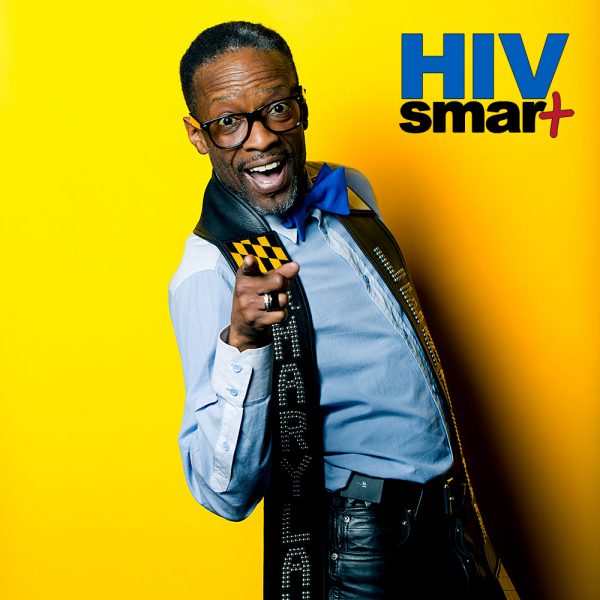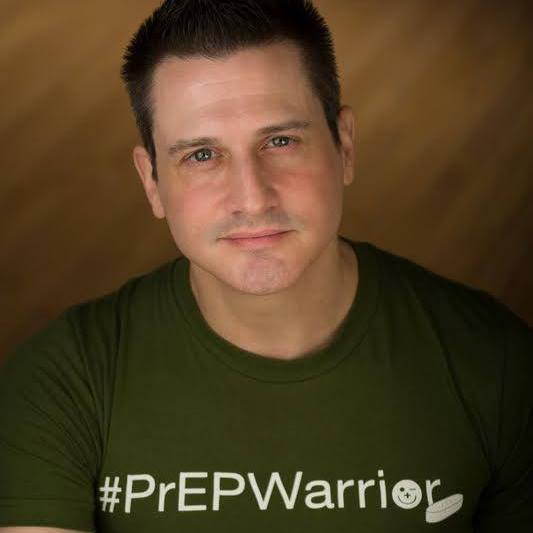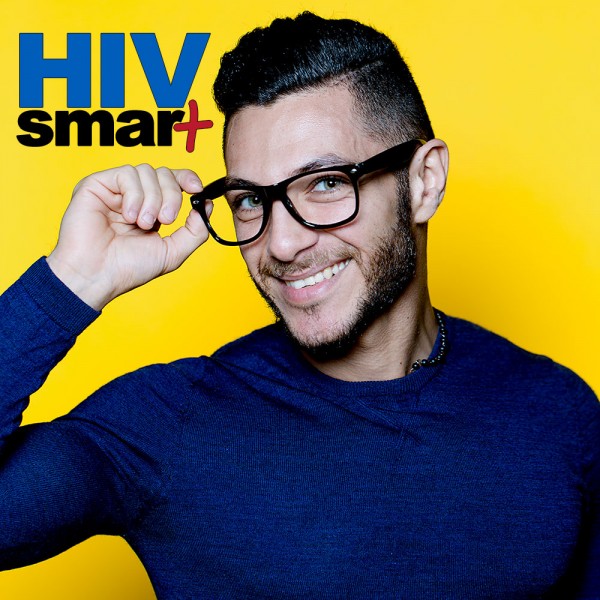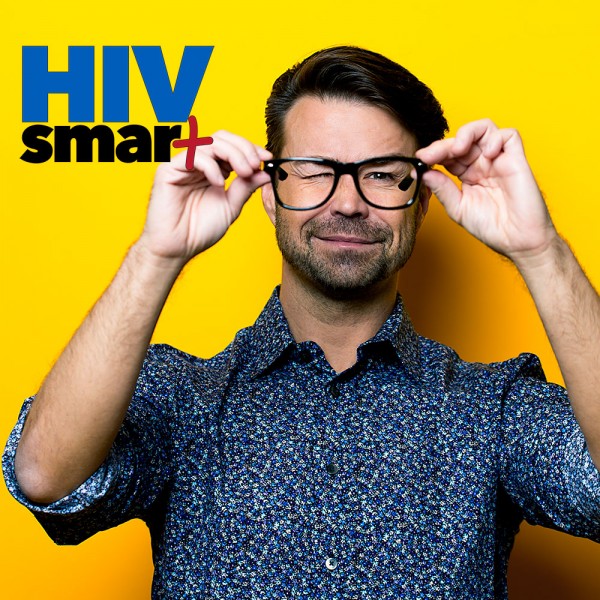There are many myths and misunderstandings about how HIV is transmitted and what activities actually put you at risk of acquiring HIV.
If we go to the very basics of the mechanics of transmission we need three things for someone to acquire the virus. Lets think about it like a fire triangle – to have fire, you need three things to happen – otherwise, you don’t have a fire. The same is true of HIV transmission – if you don’t have one of the sides of the triangle – there can be no transmission.

If there is no HIV in the body fluids shared, there can be no HIV transmission. If there is no risk activity, there can be no HIV transmission. If the HIV+ body fluid cannot gain access to the bloodstream, there can be no HIV transmission. Let’s break each of these down a little:
Body Fluids & HIV
The HIV virus lives in a number of body fluids in the human body. The level of virus varies depending on the particular fluid. For instance, if someone has HIV, the highest level of virus in will be in the blood stream. The reason for this is that is where the virus is most at home, it requires the t-cells (or CD4) and the vacuum of the blood system to survive and thrive. The next highest level would be found in the ‘sexual fluids’ such as semen and vaginal fluid as well as breast milk. HIV is also found in fairly high levels in anal fluid. The levels of HIV found in saliva are so low as to make the risk of exposure to this fluid negligible. HIV also is not carried in sweat, tears, urine or feces because none of these fluids have CD4 (t-cells).
Risk Activities
HIV transmission requires some sort of activity to get the virus from one person to another – it is not an airborne virus – it is blood borne so you must get pretty cozy for transmission to happen. The CDC and other agencies that have expertise around HIV & AIDS have done many studies and have established a scale of risk for the common activities that can result in HIV transmission.

The risk of getting HIV varies widely depending on the type of exposure or behavior (such as sharing needles or having sex without a condom). Some exposures to HIV carry a much higher risk of transmission than other exposures. For some exposures, while transmission is biologically possible, the risk is so low that it is not possible to put a precise number on it. But risks do add up over time. Even relatively small risks can add up over time and lead to a high lifetime risk of getting HIV. In other words, there may be a relatively small chance of acquiring HIV when engaging in a risk behavior with an infected partner only once; but, if repeated many times, the overall likelihood of becoming infected after repeated exposures is actually much higher.
Risk is reduced through the use of barriers such as condoms.
Direct Access to the Bloodstream
HIV is what is known as a fragile virus – it needs specific conditions to survive and thrive. It lives best in a CD4/T-Cell within the blood. It does not do well in open air and actually dies fairly quickly upon exposure to the open atmosphere. Inside of a syringe however, there is vacuum and likely a little blood that can enable the virus to survive longer – up to 72 hours. HIV can get access to the bloodstream through sexual activity through micro-tears that can occur as a regular part of sexual activity. When the micro-tear happens, the immune system kicks in to heal it – sending the CD4 cells right to the place where HIV is hoping to hitch a ride.
Another mechanism for the virus to get access to the bloodstream is simply straight through the mucosal membranes that line the vagina and anus. They are designed to allow some things through and to inhibit others. One of the reasons that unprotected anal sex is such high risk is because of the fragility of the mucosa inside the anus – it tears easily – it has about the strength of wet tissue paper. Combine this weakness with a lack of lubrication and rushing in too quickly and you have a perfect mechanism for the HIV virus to find a new home. If you engage in anal sex – slow down, use good lube and grab yourself some kind of barrier – either traditional condoms or the Reality condom.
Other factors that affect risk
Some factors increase risk of transmission, these include: Higher viral load, having other STI’s, some vaginal conditions, tearing and abrasions, menstruation, other bleeding.
Some factors can decrease risk, these include: Lower viral load, PrEP & PEP, Circumcision, Lubrication, using barriers
You are responsible for your sexual health and safer sex practices. No decision is either right or wrong as long as you are aware of all the risks involved and are comfortable with your choices.
For more information see:
Who is at risk for HIV
Putting a number to it













